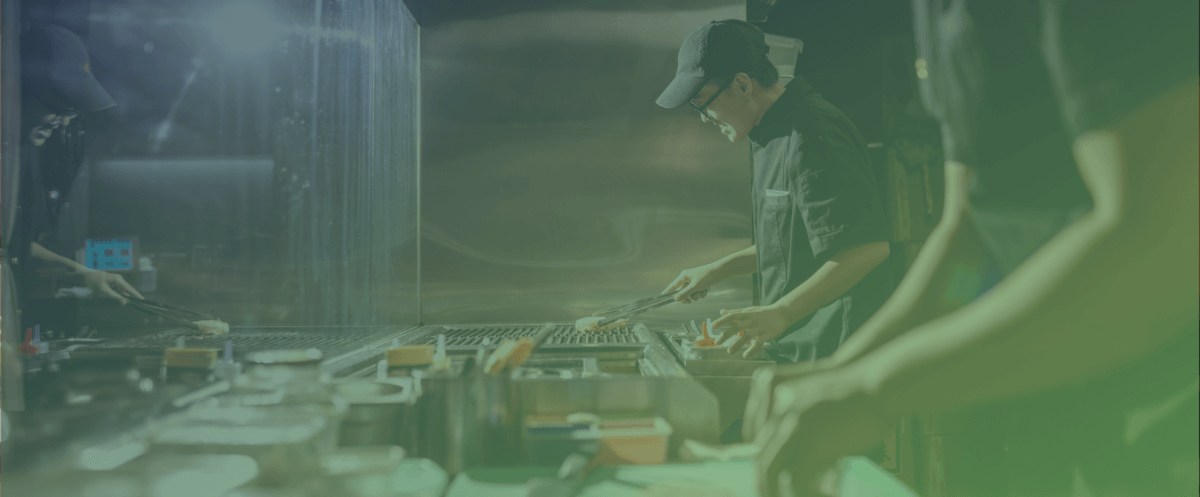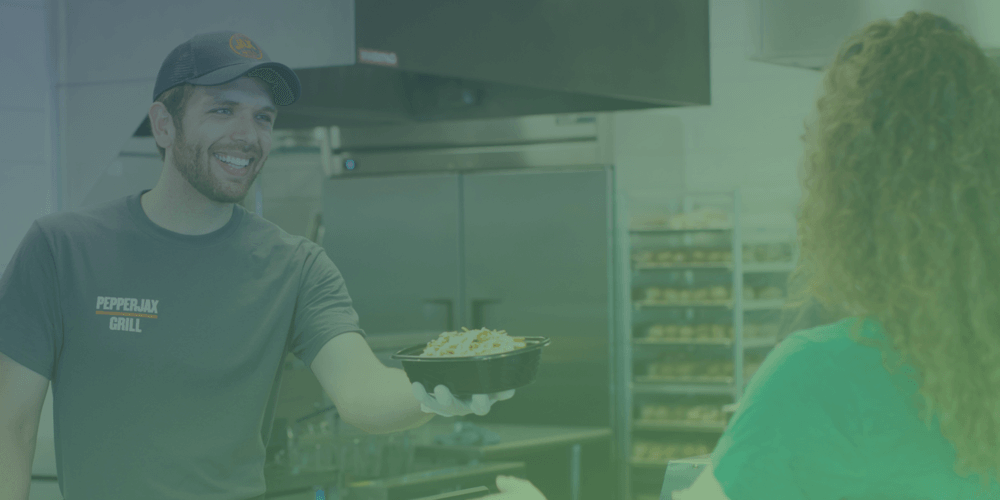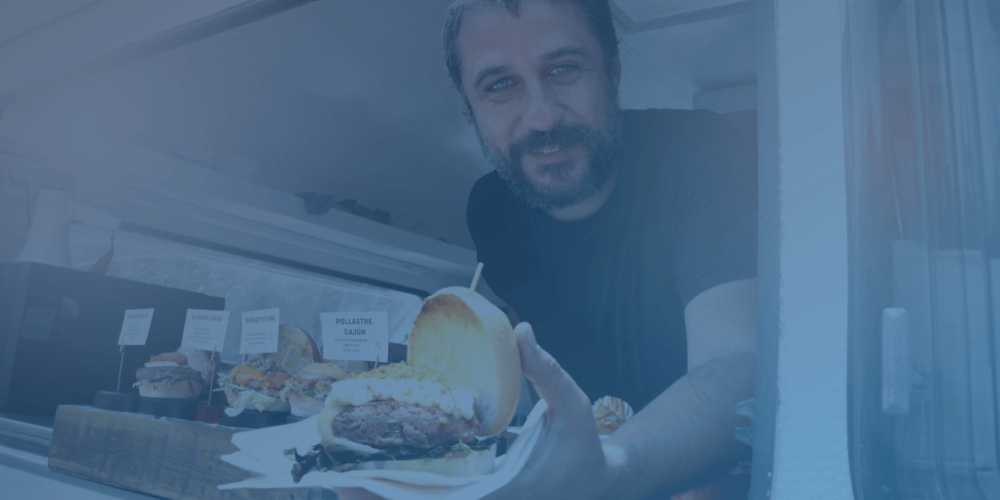As fast-casual chain PepperJax Grill expanded into multiple states from their initial storefront in Omaha, Nebraska, executives knew they were missing key pieces of data, and what data they did have was taking far too long to come in.
While guests continued to enjoy the concept’s signature Philly cheesesteaks, burrito bowls, salads, and more, general managers were getting bogged down in manual data entry. Monitoring inventory, tracking profits, and minimizing waste was taking up an inordinate amount of time, and the overall results weren’t where each store should have been given the high customer demand.
Combined with a manual labor scheduling process, general managers were unable to spend as much time on the floor as they would have liked, so they were limited in their ability to work with the kitchen to get orders out the door and ensure guests received the premium experience PepperJax was known for.
Knowing something had to be done, Erin Palladino, Vice President of Marketing & Ops Services, and the rest of the executive team brought in Decision Logic to streamline the inventory process. Since the initial rollout in 2013, Decision Logic has been an integral part of PepperJax operations, even as the concept has expanded and tested out new concepts to evolve alongside the marketplace.
In this case study, we’ll examine how Decision Logic’s back-office restaurant management software has helped PepperJax decrease food costs, reduce waste, improve the GM and employee experience, and even grow and thrive throughout the pandemic and beyond.




